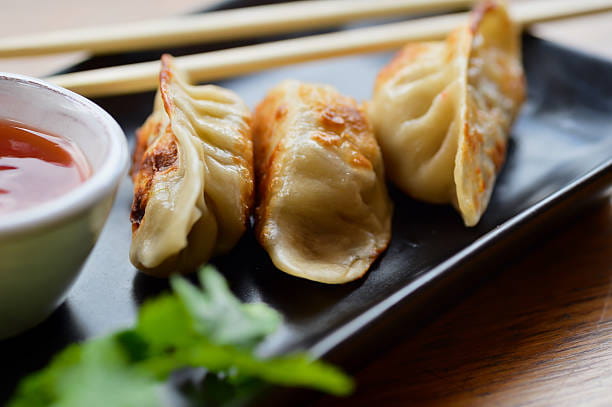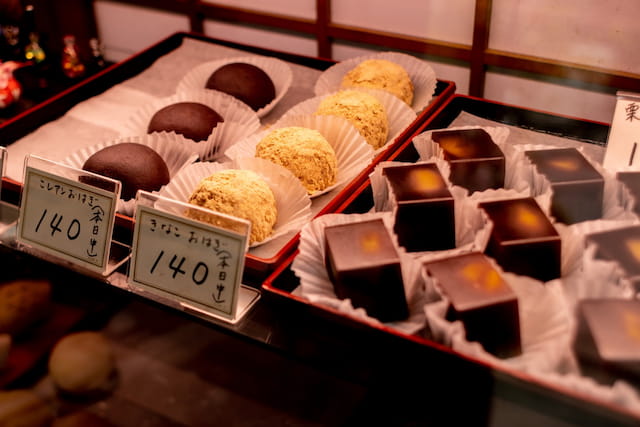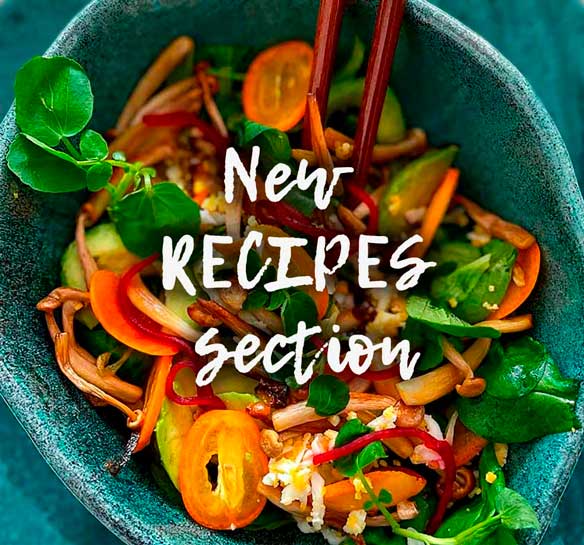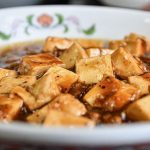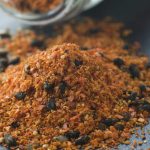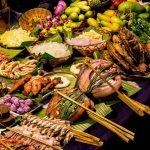Dumpling, dim sum, gyoza, xiao long bao, wonton… No, it’s not a Japanese tongue twister. They are different names that you have probably seen on the menu of some Asian restaurant and that often generate so much confusion that even our friend Google is not able to solve. So that going to eat at a Japanese restaurant doesn’t become an odyssey, we leave you with this little basic guide to dumplings, the little snack from the East that has conquered the kitchens of the West.
What are dumplings?
To begin with, it is necessary to clear up the most widespread doubt: are dumplings and dim sum the same thing? The answer is no. Dim sum literally means “bite that touches the heart”, so they could be considered a kind of tapas or small plates of food. They are a tradition from Canton, a region in southern China, although they have spread throughout Asia. They can be eaten for breakfast, lunch or an afternoon snack, but not at dinner as we usually do in Western countries. They are most commonly eaten with tea.
Dumplings are a type of dim sum, as they are small dumplings filled with various ingredients, similar to a dumpling, and can be classified depending on the filling or shape. The dumplings are usually made with different types of flour such as wheat, rice and tapioca.
How are they eaten?
Now that you have been able to learn the basics, it is possible to move on to the next step of this guide: learning about the most prominent types of dumplings.
Jiao Zi, also known as gyoza in its Japanese version, are the most popular. They are characterised by their wheat dough filled with beef, courgette and ginger. They are usually cooked by boiling, although gyozas are grilled before serving. The type of closure is very similar to that of a dumpling.
Wonton. This type of dumpling is made with wheat flour and egg, and is usually filled with pork and prawns. They can be eaten in all sorts of ways, even as an accompaniment to soups. Their closure makes them look like tortellini or sachets.
Har Gow, the secret is in the dough. It is made from tapioca flour, which gives it a very characteristic consistency. The filling is usually prawns and it looks like a shell. It is one of the most difficult varieties to prepare due to the elasticity and thinness of the dough, which is almost transparent.
Siu Mai. It is very similar to wonton, as it is prepared with the same dough. However, instead of being in the shape of a closed sachet, it is open. This is because it is filled with a larger amount of dough, which makes it impossible to seal.
Xiao Long Bao, typical of Shanghai. Its traditional recipe is based on a bacon and crab filling that is wrapped in a dough made with wheat flour. However, the most peculiarity of this type of dumpling is that it has broth inside. There is also a ritual of eating the dumpling, which consists of picking up the morsels with chopsticks, piercing a hole in them, letting them cool and drinking the broth inside. Afterwards, the rest is eaten in one go.
Baozi. Baozi is a type of steamed dumpling with a slight variation from the previous ones, which is that a pinch of yeast is added to the dough. As a result, the dumpling is much fluffier, like a bun. The filling is usually meat with spices, but they can also be eaten sweet as a dessert.
Nem. These are typical of Vietnam and are eaten rolled in a rice wafer, although in some areas near China it is more common to eat them fried. They are usually stuffed with pork and prawns and served with lettuce leaves.
Recipes
How to make Kung Fu Panda Dumplings (Pot Stickers) – Recipe
How to Make Chinese Dumplings – How to Make Chinese Dumplings (recipe) 饺子
Ingredients:
500 grams (4 cups / 18 ounces) all-purpose flour.
265 millilitres (1 cup plus 2 tablespoons / 9 ounces) water (at room temperature)
About 4 cups (4 cups) dumpling filling, preferably




